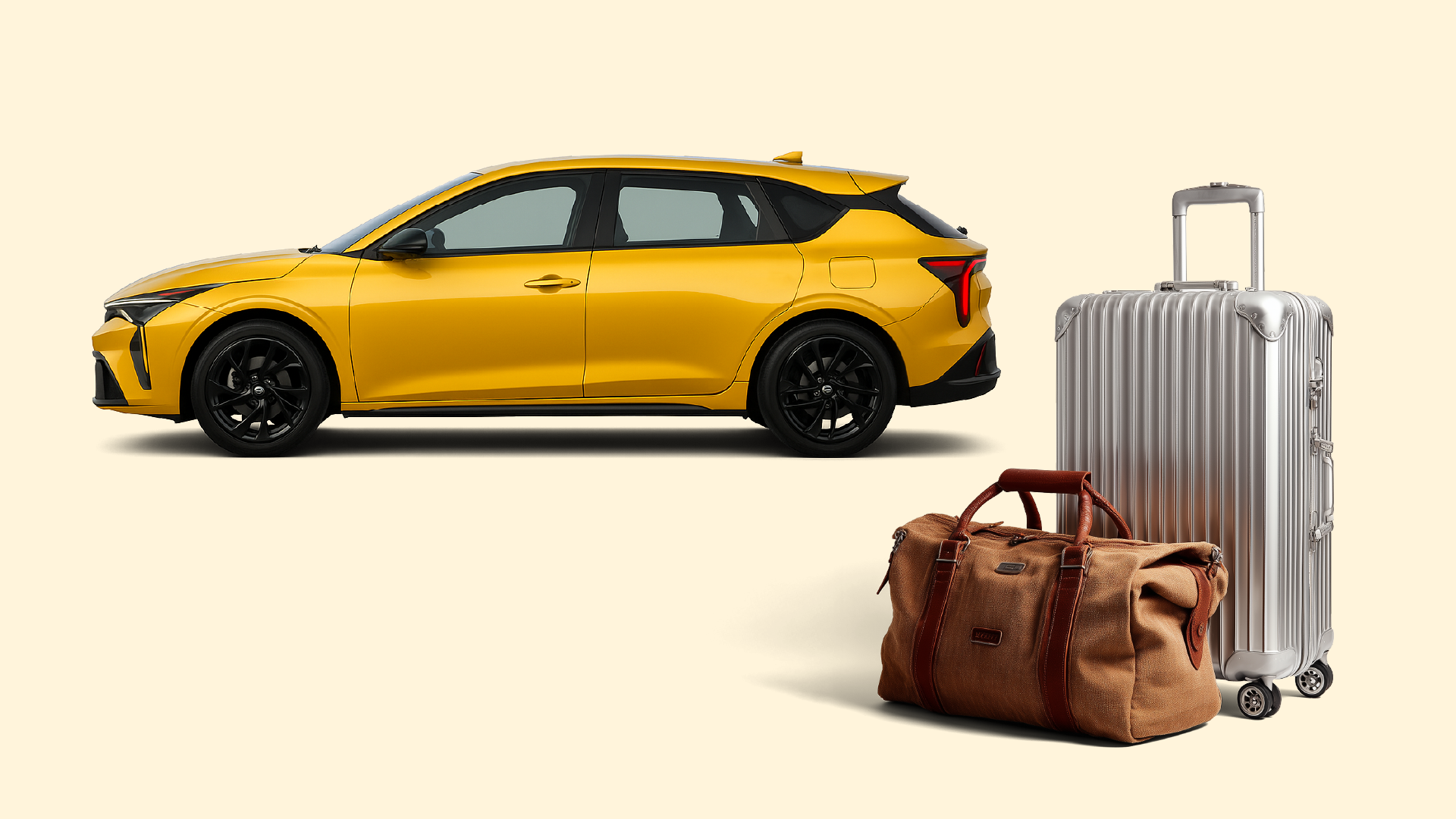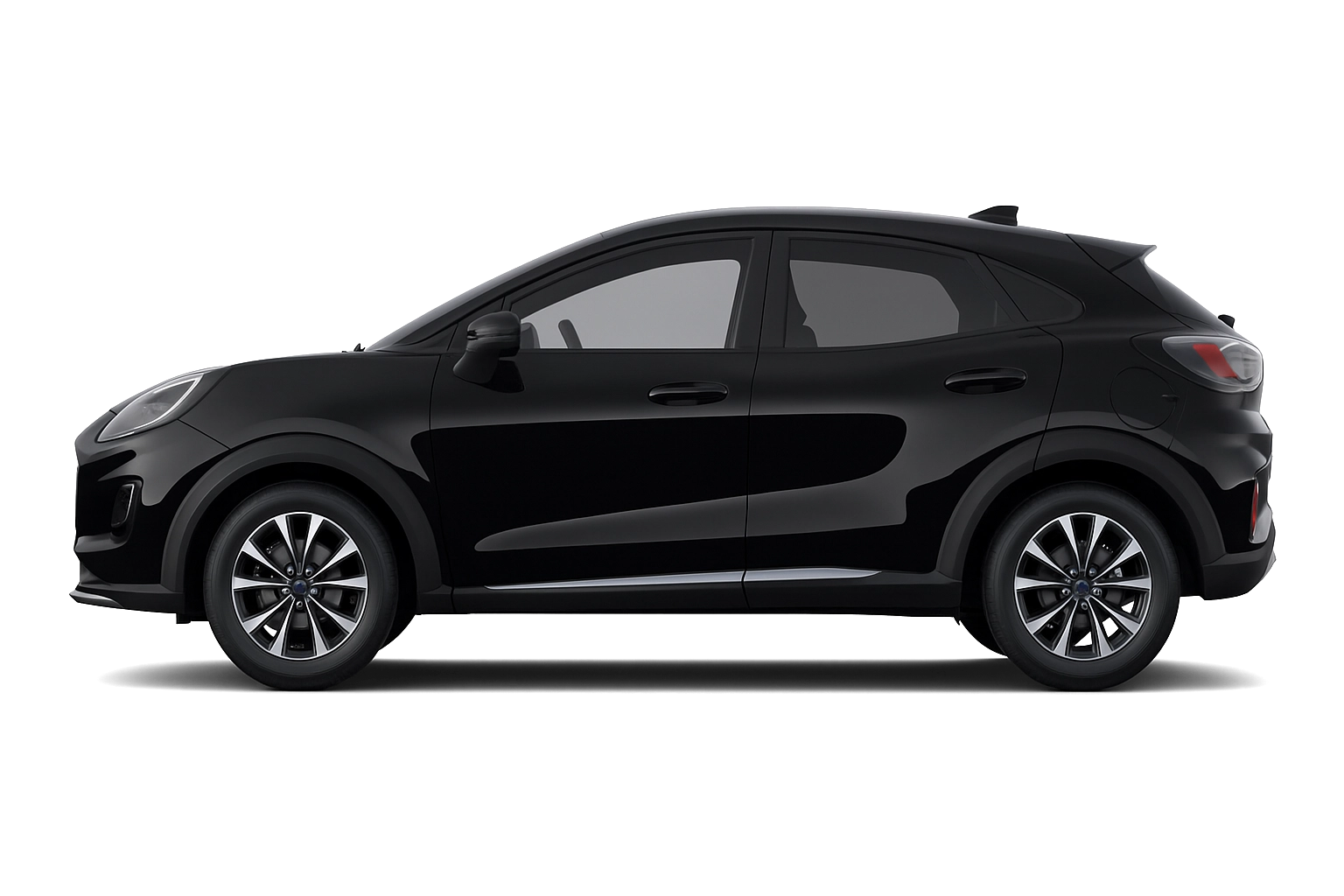Top Compact Cars with the Biggest Boot Space in 2025

Boot space doesn’t usually get the spotlight, but it should. Whether you’re packing for a trip, hauling the dog crate, or squeezing in the big shop, having a decent boot in a small car can make or break your day.
That’s why we’ve lined up 2025’s top compact cars ranked by real-world cargo space—not just marketing fluff. From clever EV storage tricks to back-seat folding wizardry, these cars punch above their size when it comes to carrying gear.
So if you’re looking for a small car with boot space punches well above its size, you’re in the right place. We’ve done the measuring—now let’s rank them.
1. Kia K4 Hatch – 628 Litres
Kia’s newest compact hatch is a boot space beast. With 628 litres of storage behind the seats, it outclasses some mid-size SUVs. Fold the seats and you’ll unlock a van-like 1,676 litres.
Why it wins: Huge boot without needing an SUV
Great for: Families, road trips, IKEA runs
2. Ford Puma Gen‑E (EV) – 574 Litres
The all-electric Puma adds a clever space to its already roomy boot. Ford’s GigaBox system gives it a flat load floor and hidden underfloor storage.
Why it’s clever: A waterproof underfloor compartment that’s not just practical—it’s party-ready. Big enough for muddy gear, wet dog towels… or even ice and cold drinks for a weekend away. Think of it as a built-in cooler, or your very own in-car paddling pool.
Ideal for: Active lifestyles, EV fans, dog owners
3. Nissan Kicks – 479 Litres
A subcompact SUV with SUV-like practicality, the Nissan Kicks packs generous boot space for its size. It might technically be an SUV, but its footprint stays in the small-car zone.
Why it counts: Big boot, small dimensions
Good for: Families, tall drivers, light off-roaders (think gravel paths, forest tracks, muddy campsites, or snow-covered roads)
4. Skoda Scala – 467 Litres
The Scala doesn’t shout, but it sure stores. This understated hatchback offers more boot space than many cars a class above.
Why it works: Huge hatch space with a low load lip
Great for: Families, IKEA haulers and those who need vertical boot space
5. BYD Atto 3 (EV) – 440 Litres
An affordable, full-electric compact SUV from China’s BYD, the Atto 3 offers an airy cabin and a useful boot. With seats down, it reaches 1,338 litres.
Why it’s cool: EV tech plus real practicality
Best for: Anyone switching to electric on a budget
6. Renault Clio – 391 Litres
The Clio continues to be one of Europe’s favourite superminis, thanks in part to its class-leading boot—as long as you avoid the hybrid (which drops space to around 301 litres).
Why it's loved: Great all-rounder with decent storage
Suited for: Urban driving, couples, students
7. Volkswagen Golf Mk8 – 381 Litres
The Golf remains a benchmark for small cars. It’s well-balanced with a solid boot size and good load height. Hybrids and GTI models can have slightly smaller cargo areas.
Why it's iconic: A legend with room for luggage
Ideal for: All-rounders, first-time buyers
8. BMW 1 Series (F70) – 380 Litres
BMW’s latest 1 Series brings premium touches and decent boot capacity. Some mild-hybrid models lose boot space due to battery placement, so check the trim.
Why it’s posh: Upscale feel, fold-flat functionality
Made for: Commuters, professionals, car downsizers
9. Mini Aceman (EV) – 300 Litres
The Aceman is a new all-electric crossover from Mini. Though compact, it uses space smartly. The 300-litre boot isn’t huge, but it folds flat for weekend use.
Why it fits: Mini size, maximum usability
Best for: Style-conscious city drivers
10. Hyundai i10 – 252 Litres
Don’t let the i10’s small size fool you. With 252 litres behind the seats—and more when folded—it’s a smart urban car that’s surprisingly versatile.
Why it’s small but mighty: Easy to park, cheap to run, decent boot spaceGreat for: City dwellers, learners, commuters
Boot Space Comparison Table (Seats Up)
Final Thoughts: Big Boots, Small Cars
Whether you’re after a compact electric crossover like the Puma Gen-E, a budget hero like the Scala, or a premium hatch like the BMW 1 Series, there’s a small car with the boot space to fit your life. The Kia K4 Hatch leads for pure volume, while the Hyundai i10 impresses at the other end with smart use of tight space.
Here’s a Recap of the Cars That Made the List
- Kia K4 Hatch
- Ford Puma Gen-E EV
- Nissan Kicks
- Skoda Scala
- BYD Atto 3 EV
- Renault Clio
- BMW 1 Series (F70)
- Volkswagen Golf Mk8
- Mini Aceman EV
- Hyundai i10

